
-
Phone: 0086-15858860365
-
Email: sales1@nswvalve.com
-
Phone: 0086-15858860365
-
Email: sales1@nswvalve.com
News
-
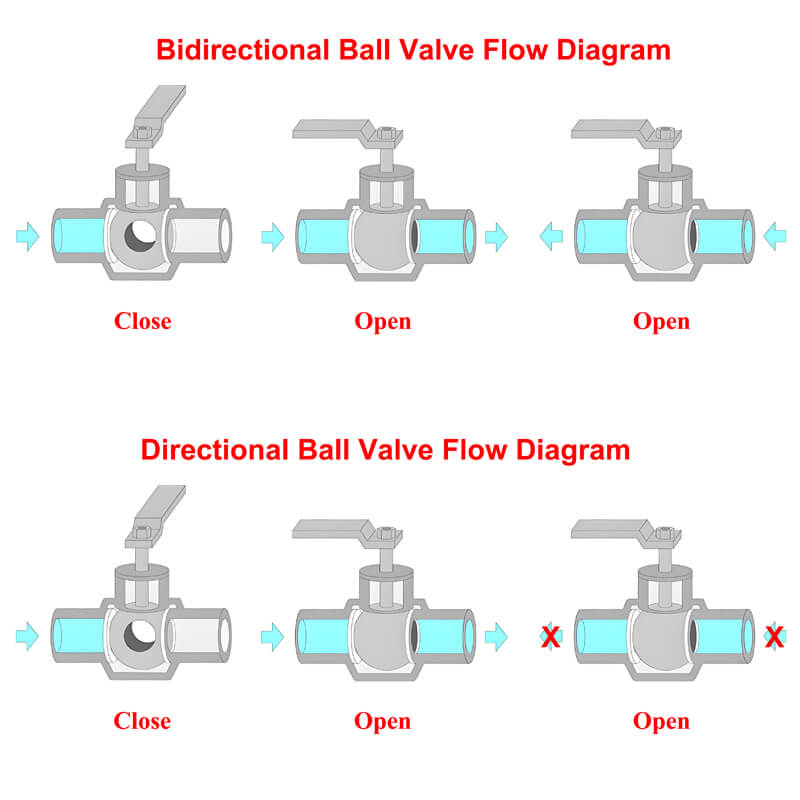
Do Ball Valves Have a Flow Direction: Types, Installation
Do Ball Valves Have a Flow Direction? Key Types & Installation Rules Before answering the question of whether the ball valve has flow direction, we must first understand what a ball valve is, and then we can better understand the problem of ball valve flow direction. What is a Ball Valve A ba...Read more -
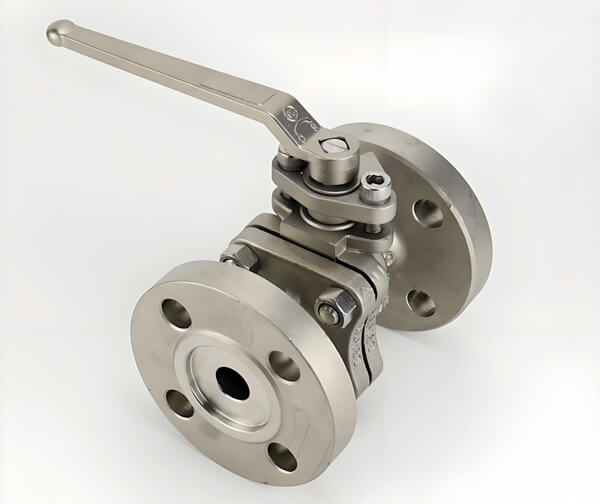
Top 10 Stainless Steel Ball Valve Manufacturers in 2025
Top 10 Stainless Steel Ball Valve Manufacturers *(Ranked by innovation, market presence, and customer feedback)* 1. Emerson (USA) Global leader in industrial valves with smart, IoT-enabled stainless steel ball valves. Ideal for harsh environments and automated systems. Certifications: API 6D, ASM...Read more -

API 600 vs API 6D Valves: Differences & Selection
What is an API 600 Gate Valve The API 600 standard (American Petroleum Institute) governs bolted bonnet steel gate valves with flanged or butt-welding ends. This specification covers design, manufacturing, and testing requirements for API 600 Gate Valves used in oil, gas, and petrochemical indust...Read more -
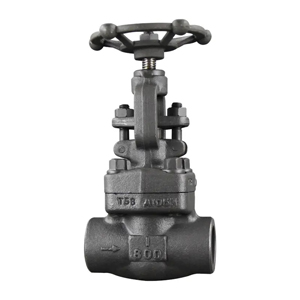
Forged Globe Valves: The Epitome of Leak-Tight Control
The Ultimate Guide to Forged Globe Valves: Strength, Precision, and Reliability In the critical world of fluid control, where pressure, temperature, and reliability are paramount, Forged Globe Valves stand out as the preferred choice for severe service conditions. Unlike their cast counterparts, ...Read more -
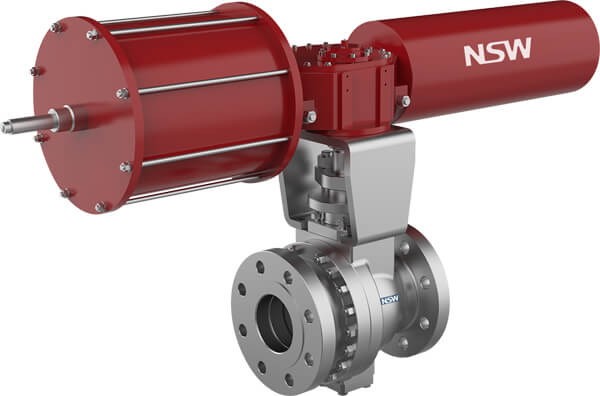
What is an SDV Valve: The Guardian of Industrial Safety
The Essential Guide to SDV Valves: Safeguarding Critical Industrial Processes In the high-stakes world of oil & gas, petrochemicals, power generation, and other process industries, safety isn’t just a priority; it’s an absolute imperative. At the heart of protecting personnel, ass...Read more -
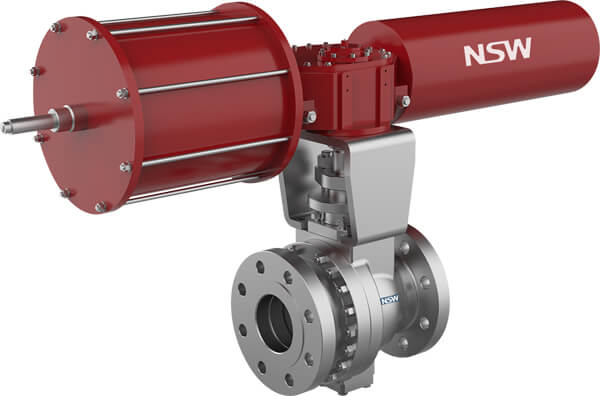
What is a Emergency Shutdown Valve (ESDV): Working Principle
What is an Emergency Shutdown Valve (ESDV) In the high-stakes world of industrial process plants, particularly oil and gas refineries, chemical plants, and power generation facilities, safety isn’t just a priority – it’s an absolute imperative. At the heart of safeguarding personnel, ...Read more -
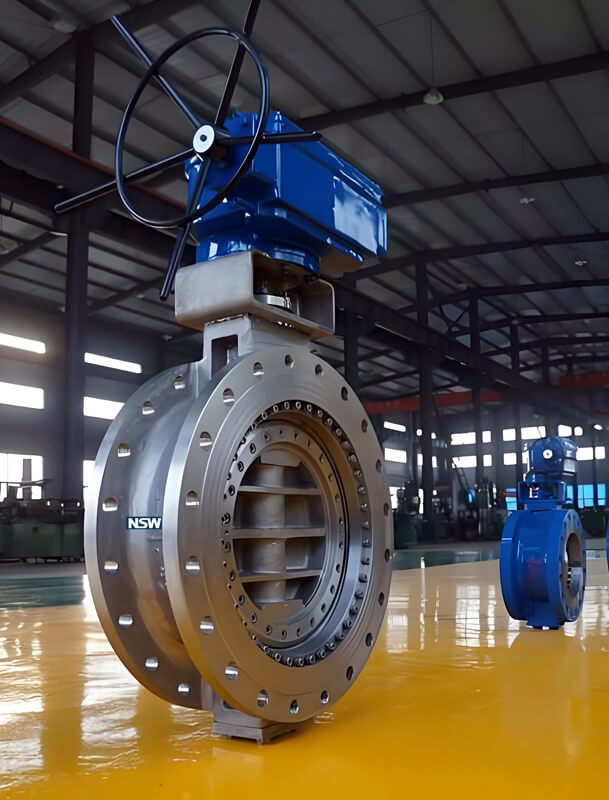
Top 10 Butterfly Valve Manufacturers and Supplier in China
Butterfly Valve Manufacturers in China: Leaders in Industrial Flow Control China has emerged as a global hub for industrial valve production, offering high-quality, cost-effective solutions for diverse industries. Among these, butterfly valves stand out for their versatility and efficiency. In th...Read more -
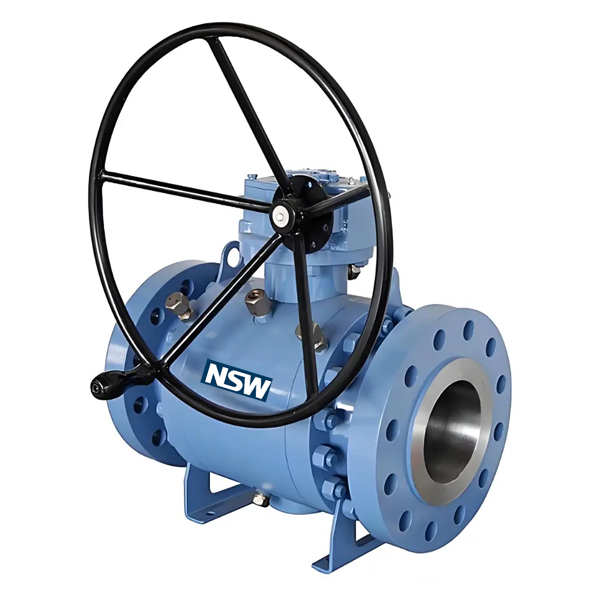
What is Another Name for a Ball Valve: 23 different names
23 Various Names of Ball Valves In the intricate world of industrial fluid control, few components are as ubiquitous and vital as the ball valve. Renowned for its simple quarter-turn operation, reliable shut-off, and versatility, it’s a cornerstone of piping systems across countless sector...Read more -
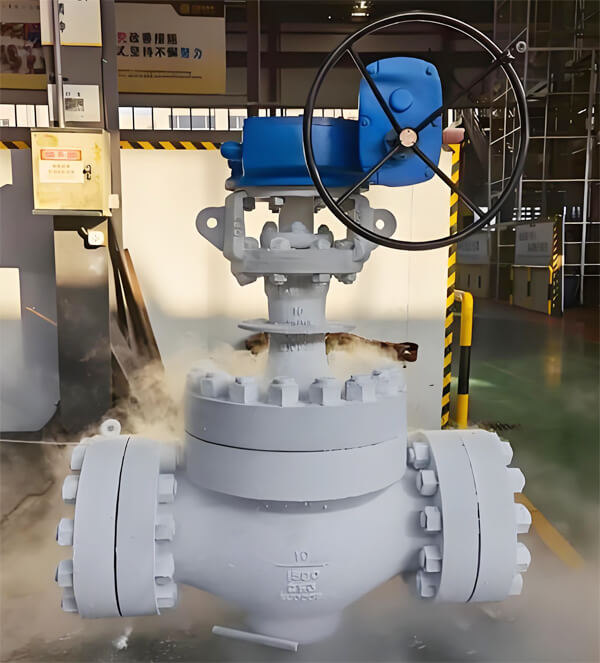
Cryogenic Ball Valves: Design, Materials, and Applications
What is a Cryogenic Ball Valve A cryogenic ball valve is a specialized flow control device engineered to operate at temperatures below -40°C (-40°F), with some models functioning reliably at -196°C (-321°F). These valves feature an extended stem design that prevents seat freezing and maintain bub...Read more -
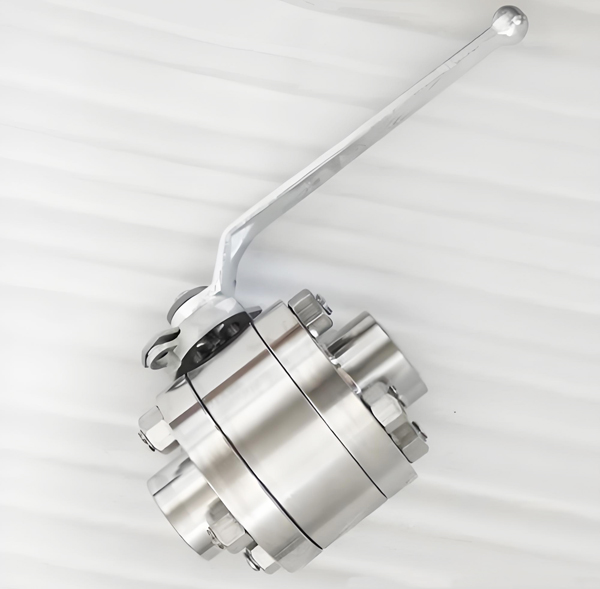
3 Piece Stainless Steel Ball Valve: Benefits, Applications
What is a 3 Piece Stainless Steel Ball Valve A 3 piece stainless steel ball valve is a type of industrial valve designed with three separable components: two end connectors and a central body housing the ball and stem. This modular design allows for easy maintenance, cleaning, or replacement of i...Read more -
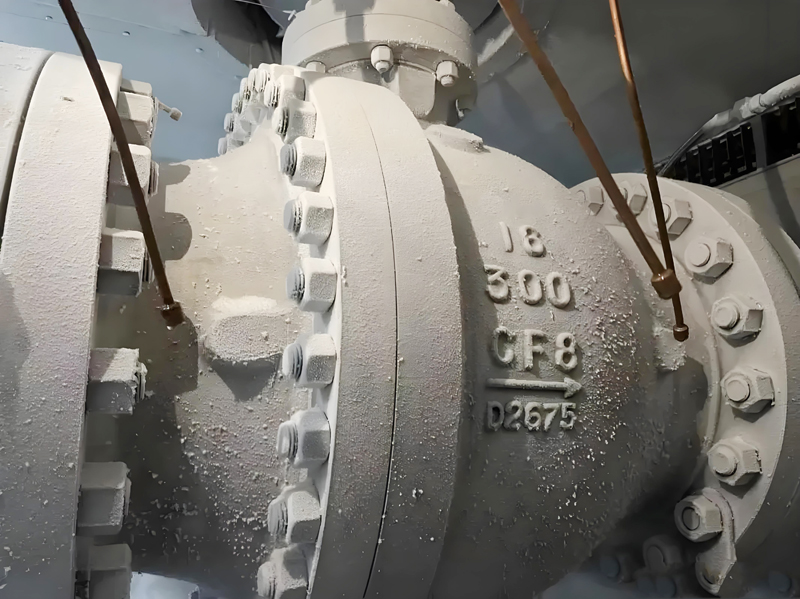
Where to Buy a Ball Valve: Guide to Top Global Suppliers
What is a Ball Valve A ball valve is a quarter-turn valve that uses a hollow, perforated, and pivoting ball to control fluid flow. When the ball’s hole aligns with the pipeline, fluid passes through; rotating the ball 90 degrees blocks the flow entirely. Known for their durability, quick operati...Read more -
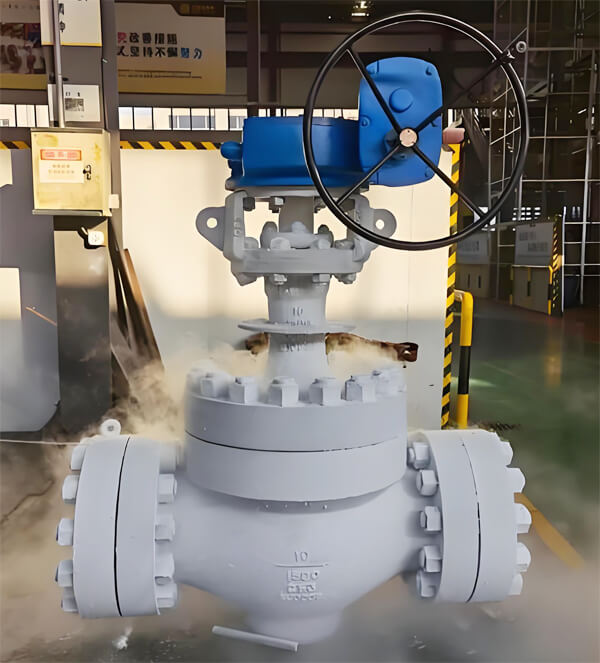
Guide to Cryogenic Valves: Types, Materials, Applications
What is a Cryogenic Valve A cryogenic valve is a specialized industrial valve designed to operate in extremely low-temperature environments, typically below -40°C (-40°F) and as low as -196°C (-321°F). These valves are critical for handling liquefied gases like LNG (liquefied natural gas), liquid...Read more -

Shut Down Valve Symbols: A Complete Guide to Best Practices
Shut Down Valve Symbols are critical tools in engineering diagrams, offering a universal language for professionals to interpret system designs. Among these symbols, the shut down valve (SDV) symbol holds unique importance in industrial safety and process control. In this article, we explore what...Read more -
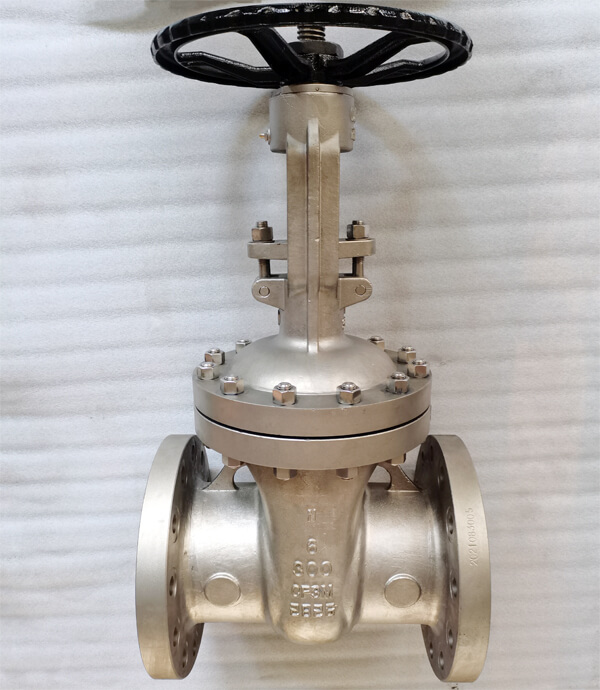
Guide to Stainless Steel Gate Valves: Benefits, Applications
What is a Stainless Steel Gate Valve A stainless steel gate valve is a critical flow control device designed to start or stop the movement of liquids, gases, or slurries in industrial pipelines. It operates by lifting or lowering a rectangular or wedge-shaped “gate” via a handwheel or...Read more -
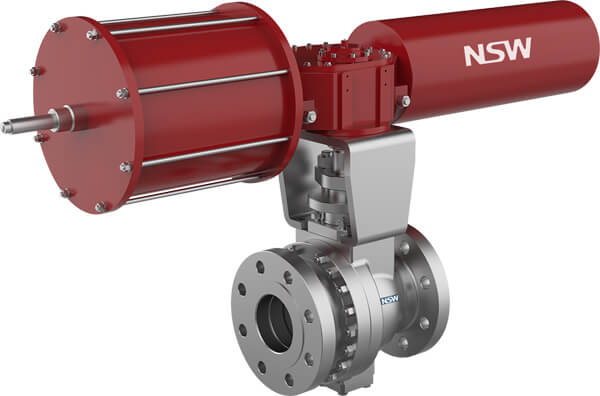
How Does a Shut Down Valve Work: A Comprehensive Guide
In industrial processes, safety and operational efficiency are paramount. One critical component that ensures both is the shut down valve (SDV). This article explores how a shut down valve works, its key components, advantages, and applications. We’ll also highlight NSW, a leading shut down valve...Read more -
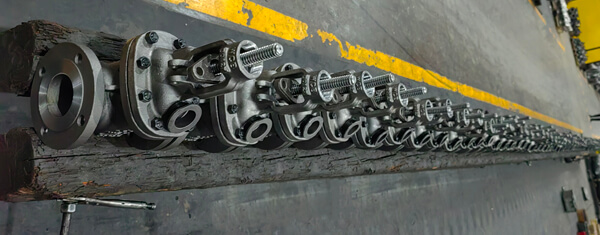
What are the precautions for gate valve storage & placement
Key requirements and precautions for gate valve storage and placement Gate valves are an indispensable component in fluid control systems, used to regulate and cut off fluid channels. To ensure that gate valves remain in good condition during storage, the following are some key storage and placem...Read more -
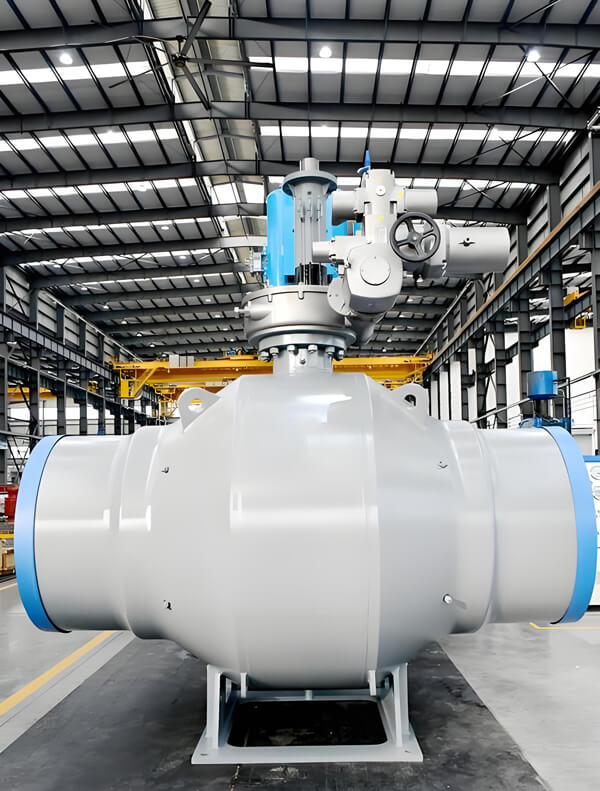
Big Size Ball Valves: Classification and Applications
Big Size Ball Valves: A Guide to Classification and Manufacturer Selection Ball valves are critical components in industrial piping systems, designed to control the flow of liquids, gases, or slurries. Their simple yet robust structure—featuring a rotating ball with a bore—ensures reliable shut-o...Read more -
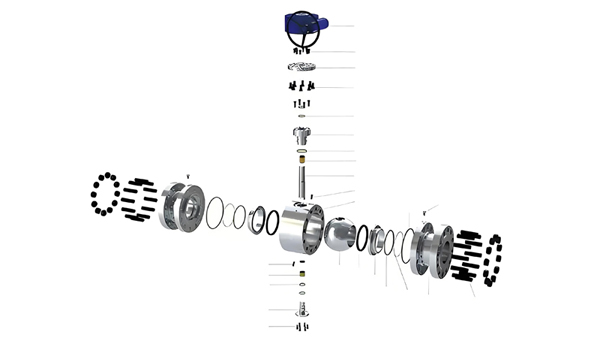
The Ultimate Guide to Ball Valve Parts: Design and Function
Introduction to Ball Valves Ball valves are indispensable components in industrial piping systems, offering reliable shut-off and flow control for liquids, gases, and slurries. Their simple yet robust design makes them a preferred choice across industries like oil and gas, chemical processing, wa...Read more





